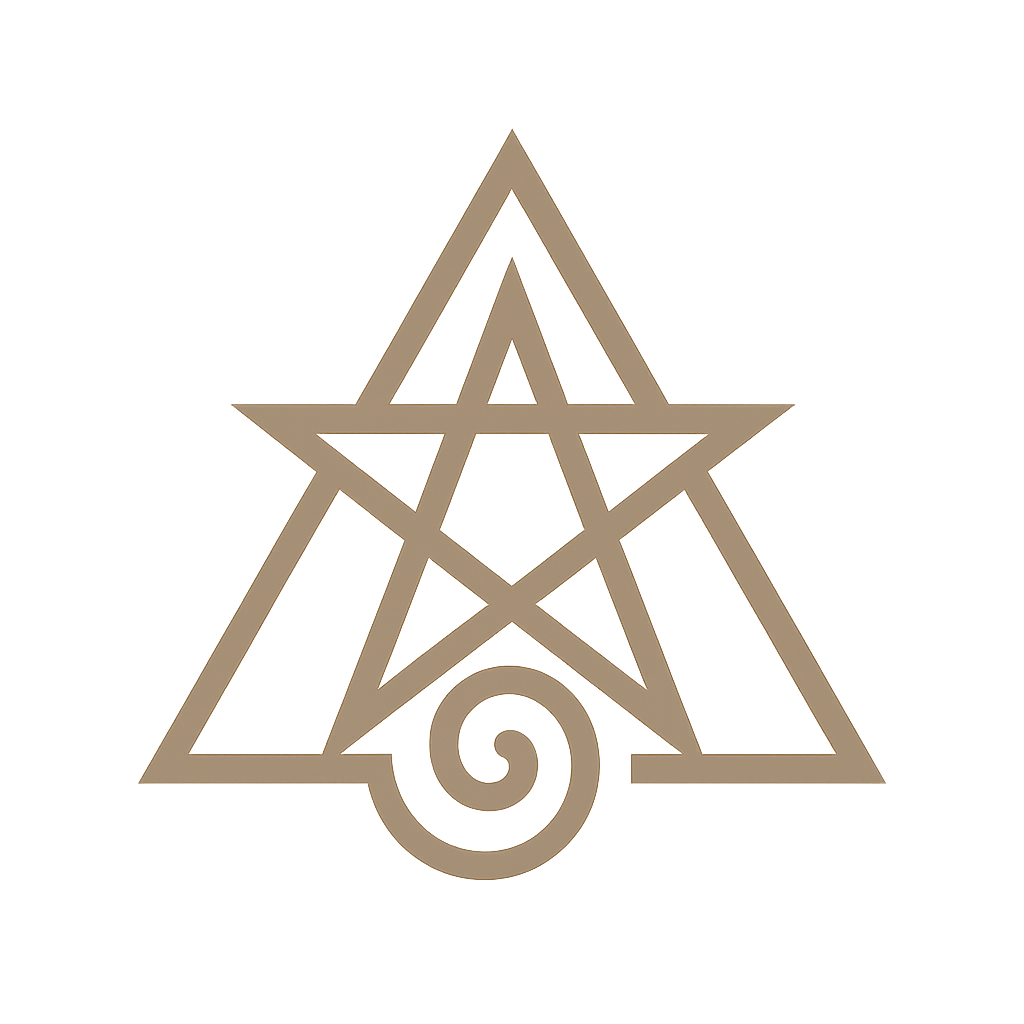Physics is the timeless pursuit of understanding the universe—an elegant dance between matter, energy, motion, and forces. What began as early stargazing in ancient civilizations has evolved into a precise science that spans the celestial and the subatomic. This guide is your gateway to modern physics, whether you’re just starting out or returning with curiosity as your compass.
Why Learn Physics?
Physics is often labeled as difficult—and it can be. It demands mathematical fluency, abstract reasoning, and a love for intellectual challenges. But for those who persist, it offers something profound: a glimpse into the very code of reality.
From the orbits of planets to the probabilistic dance of quantum particles, physics gives us the tools to explain, explore, and even reshape the world around us.
The Journey Begins: Classical Foundations
Physics as a formal discipline took shape during the Renaissance, when thinkers like Galileo, Kepler, and Newton transformed observational curiosity into universal laws. Newton’s Principia Mathematica laid the groundwork for classical mechanics, describing motion, force, and gravity in a way that still powers our engineering marvels today.
Other classical domains soon followed:
- Thermodynamics taught us the language of heat, energy, and entropy.
- Electromagnetism, pioneered by James Clerk Maxwell, unified electric and magnetic forces—fueling modern technology from motors to mobile phones.
The Revolution of Modern Physics
The 20th century shattered classical limits. Physics dove into the cosmic and the quantum:
- Albert Einstein introduced special and general relativity, warping our understanding of space, time, and gravity.
- Quantum mechanics emerged from the work of Bohr, Heisenberg, and Schrödinger, revealing a bizarre but accurate picture of particle behavior at atomic scales.
- Quantum Field Theory (QFT) merged quantum mechanics with relativity to describe how particles interact via underlying fields—an essential framework for the Standard Model of particle physics.
These ideas not only explained the universe—they reshaped it. Think nuclear power, semiconductors, MRI machines, and GPS satellites.
Core Branches of Physics Today
🔧 Classical Physics
- Mechanics – The study of forces and motion.
- Thermodynamics – Governs energy, entropy, and equilibrium.
- Electromagnetism – Electric/magnetic fields and their interactions.
⚛️ Modern Physics
- Relativity – Time and space as flexible, interwoven dimensions.
- Quantum Mechanics – The probabilistic nature of subatomic particles.
- Quantum Field Theory – The foundation of particle physics and field interactions.
- Cosmology – The structure, origin, and fate of the universe.
🔬 Legendary Minds Who Shaped the Field
- Isaac Newton: Gravity, motion, calculus.
- James Clerk Maxwell: Unified electric and magnetic forces.
- Albert Einstein: Relativity, photoelectric effect, mass-energy equivalence.
- Niels Bohr & Werner Heisenberg: Quantum structure of the atom and uncertainty principle.
- Erwin Schrödinger: Quantum wave equations.
How to Start Learning Physics (No PhD Required)
Begin with classical mechanics and strengthen your math skills—especially algebra, calculus, and differential equations. Then move into modern physics, tackling relativity and quantum theory.
Here’s a curated list of open resources:
🧰 General
- The Feynman Lectures on Physics – A brilliant, intuitive journey through physics by Richard Feynman.
- How to Become a Good Theoretical Physicist – Gerard ‘t Hooft – A Nobel laureate’s roadmap for aspiring physicists.
⚙️ Classical Physics
🧠 Modern Physics
Final Thoughts
Whether you’re an aspiring physicist, a science enthusiast, or a curious soul, physics offers more than facts—it offers perspective. By understanding its principles, we begin to see reality not just as it appears, but as it truly is.
You don’t need a university degree to appreciate this world. You just need curiosity—and a willingness to peer into the infinite.
References
- Feynman, R. P., Leighton, R. B., & Sands, M. (1963). The Feynman Lectures on Physics. Addison-Wesley.
- Einstein, A. (1916). Relativity: The Special and General Theory.
- Carroll, S. (2019). Spacetime and Geometry: An Introduction to General Relativity. Cambridge University Press.
- Tong, D. (n.d.). Lecture Notes. University of Cambridge.
- ‘t Hooft, G. (n.d.). How to Become a Good Theoretical Physicist.
